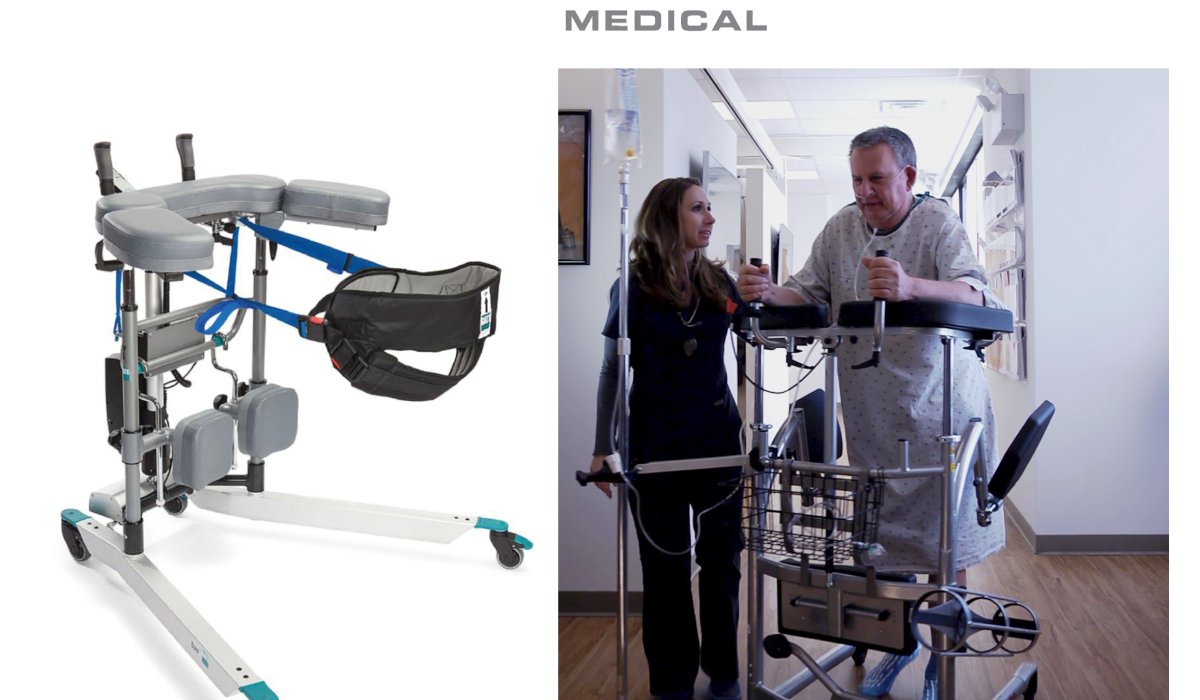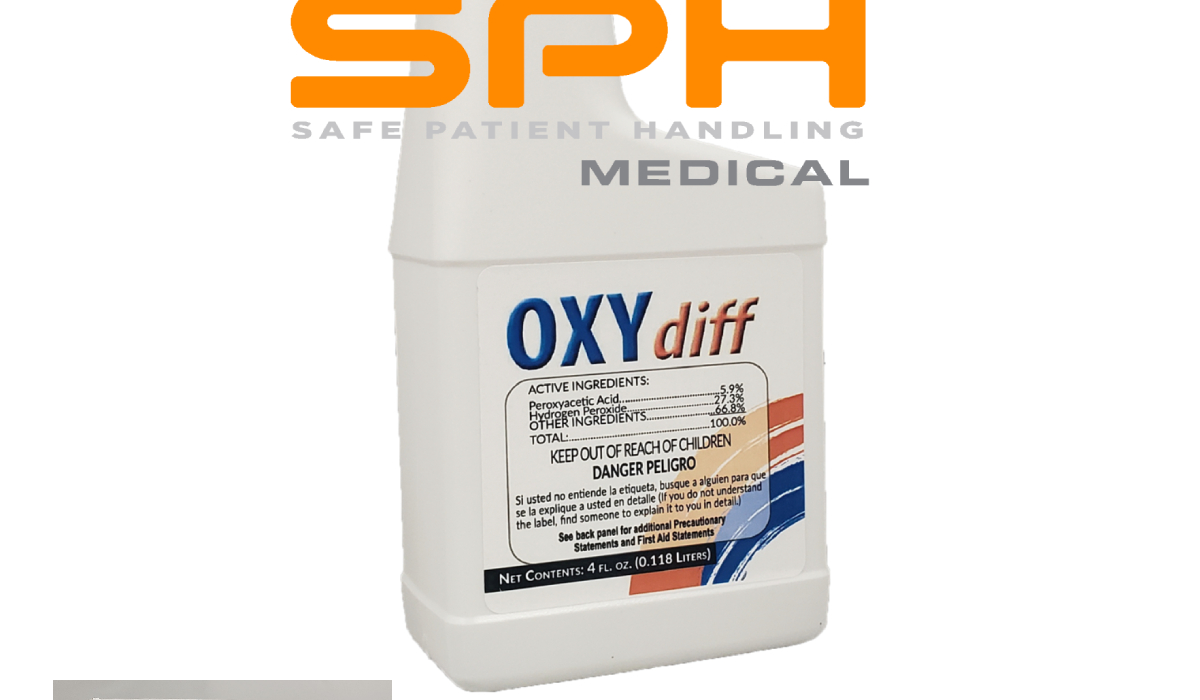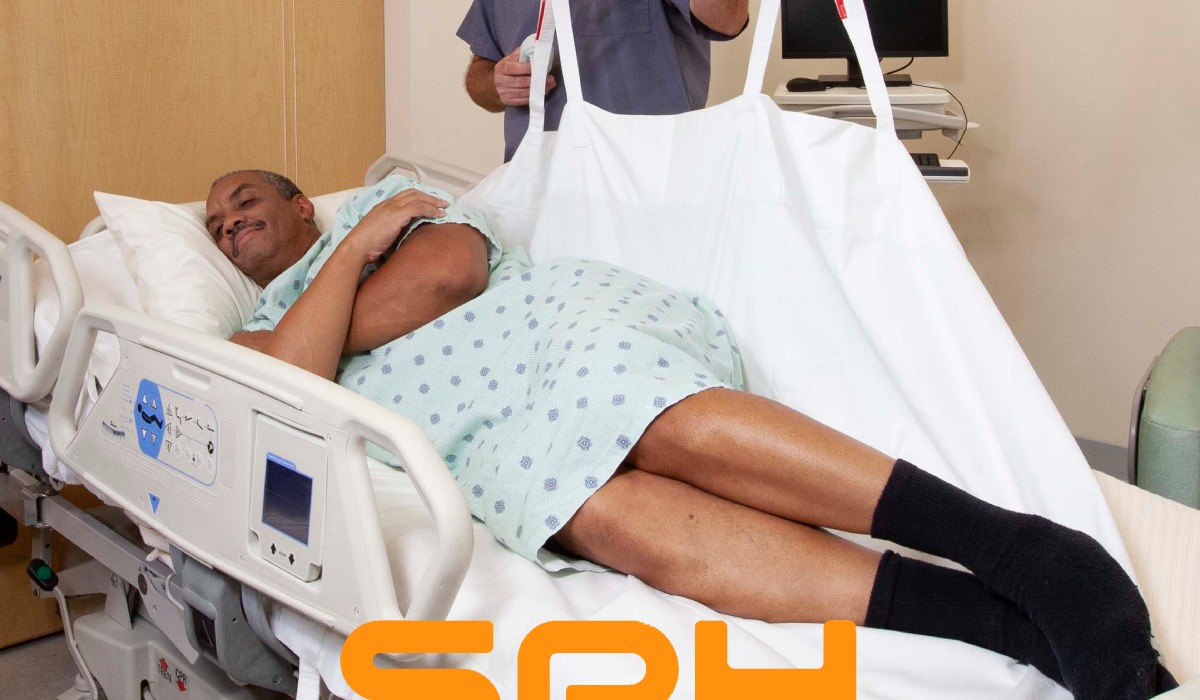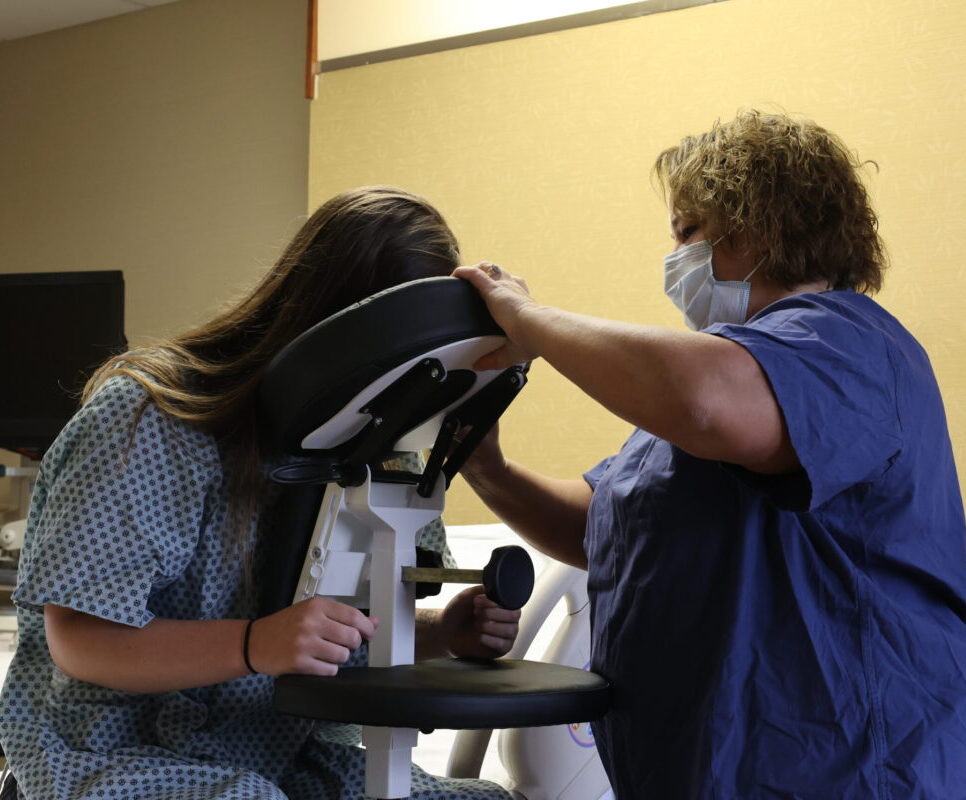Benefits of Early Patient Mobility in the ICU
The human body is designed to move regularly and stay active as much as possible. Failure to ambulate can leave you battling several health complications. That is why we see benefits of early patient mobility and it’s continued encouragement even amongst ICU patients. In this article, we have talked about the benefits of early mobility in patients as well as what ICU nurses and physical therapists need to do to make sure it is done safely without exposing patients to injuries.
Why Early Patient Mobility is Important
A study carried out by the Johns Hopkins University School of Medicine states why early patient mobility is important. This evidence based study goes further to demonstrate how the program can significantly improve patient outcomes. Dale M. Needham, M.D., Ph.D., the lead researcher of the university, says, in the study, that patients who get out of bed as soon as possible are less likely to suffer from mental illness, physical impairment or muscle weakness compared to patients who stay in bed a bit too long.
The National Institutes of Health also published another study discussing why early mobilization in patients is important. According to the study, patients who spend less time in bed are less likely to suffer from blood clots, UTIs (urinary tract infections), pneumonia, and bedsores, which are also referred to as pressure ulcers.
An evidence based article written on April 14, 2021, shows that patients who get out of bed sooner are also more likely to enjoy lots of emotional benefits than their counterparts who take a little longer to stay in their hospital beds. The article notes that early mobilization can actually stimulate the mental well-being of patients. It also points out that it can massively improve their emotional well-being. And this, in turn, improves the quality of their lives, while, at the same time, reducing overall recovery time as well as decreasing the serious risk of delirium.
Steps Hospitals Are Taking to Promote Early Mobilization in Patients
Although it is easy to say that patients can enjoy all these benefits simply by starting to ambulate as soon as possible, one thing we must note is that ambulation in patients who have been in their hospital beds for quite some time is not so straightforward. Well, this is where a safe patient handling program comes into play. Under this program, nurse leaders, ICU nurses, or physical therapists help mobilize patients and help them get back to their feet, literally. An early patient mobility program is a specialized program that falls under Safe Patient Handling where a multidisciplinary team of doctors, nurses, therapists, and respiratory therapists collaborate to get patients up and out of bed.
They use assistive mobility devices or rely on trained medical teams to achieve this. This could mean repositioning, lifting, or transferring patients from one bed to another surface like a stretcher, cardiac chair or wheel chair. It might also mean helping patients exercise. Well, patients who exercise have a greater chance of avoiding the health issues discussed early on in this post.
Using SPH Medical RoWalker to Promote Early Mobility in Patients
When it comes to assistive mobility devices, the SPH Medical RoWalker is highly recommended. Yes, there are lots of assistive mobility devices out there. However, the RoWalker is preferred because it carries just about everything a complex patient might need while using it. These include an IV pole, an oxygen tank, and it has a front basket that can carry a portable ventilator or a cardiac monitor.
All of these accessories make the mobility device incredibly convenient to use. Still, on convenience; this ambulation device has innovative features such as soft knee pads that support patients when standing and, when walking, give them much-needed protection. The most innovative feature of the RoWalker are the seat flaps. The seat flaps flip up and rotate outwards so the Rowalker can be brought right up to the bedside to help a patient to stand for the first time. Then the seat flaps can fold down and rotate into position during ambulation so that patient falls are avoided. The seat flaps also eliminate the need for a 2nd nurse or therapist to follow behind with a wheelchair! The several attachment options for oxygen tanks are worth mentioning too. They make RoWalker very easy to use. Moreover, the small footprint allows nurses and physical therapists to effortlessly fit this platform walker in any patient room.
Conclusion
Early patient mobility comes with plenty of benefits that health practitioners can simply not ignore. These include improved muscle mass, improved cardiac function, reduction in the risk of delirium, and improved respiratory function, among others. However, it is not easy to execute. That is why ICU nurses, nurse leaders, and physical therapists are advised to consider the SPH Medical RoWalker.
















